Choosing the right climbing shoes is crucial for any climber, whether you’re a beginner or a seasoned pro. One of the key decisions climbers face is selecting between leather and synthetic climbing shoes. Both materials offer unique benefits and drawbacks that can significantly impact your climbing experience. In this article, we will delve into the differences between leather and synthetic climbing shoes to help you make an informed decision for your next climbing adventure. Leather Climbing Shoes: Leather climbing shoes have been a staple in the climbing world for decades, valued for their durability, breathability, and natural fit.

.
 Here are some key characteristics of leather climbing shoes: 1. Durability: Leather is known for its durability, making leather climbing shoes a long-lasting investment. With proper care and maintenance, leather shoes can withstand the rigors of climbing, including scuffs, scrapes, and abrasions. 2. Breathability: Leather is a natural material that allows for better breathability compared to synthetic materials. This can help prevent excessive sweating and keep your feet comfortable during long climbing sessions. 3. Custom Fit: Leather climbing shoes tend to mold to the shape of your feet over time, providing a personalized fit that enhances comfort and performance. The natural stretch of leather ensures a snug yet comfortable fit for optimal climbing performance. 4. Sensitivity: Leather climbing shoes are known for their sensitivity, allowing climbers to feel the rock surface and make precise movements. This enhanced sensitivity can be beneficial for challenging climbs that require precision and control. 5. Maintenance: Leather climbing shoes require more maintenance compared to synthetic shoes. Regular cleaning, conditioning, and drying are essential to prevent the leather from drying out, cracking, or losing its shape. Synthetic Climbing Shoes: Synthetic climbing shoes have gained popularity in recent years due to advancements in materials and technology. Here are some key characteristics of synthetic climbing shoes: 1. Lightweight: Synthetic climbing shoes are often lighter than leather shoes, making them ideal for climbers who prioritize agility and speed. The reduced weight can also help minimize fatigue during long climbs. 2. Quick Drying: Synthetic materials are designed to be quick-drying, which can be advantageous for climbers who frequent wet or humid climbing environments. Quick-drying shoes can help prevent moisture build-up and discomfort during climbs. 3. Vegan-Friendly: Synthetic climbing shoes are a great option for climbers who prefer cruelty-free or vegan-friendly products.
Here are some key characteristics of leather climbing shoes: 1. Durability: Leather is known for its durability, making leather climbing shoes a long-lasting investment. With proper care and maintenance, leather shoes can withstand the rigors of climbing, including scuffs, scrapes, and abrasions. 2. Breathability: Leather is a natural material that allows for better breathability compared to synthetic materials. This can help prevent excessive sweating and keep your feet comfortable during long climbing sessions. 3. Custom Fit: Leather climbing shoes tend to mold to the shape of your feet over time, providing a personalized fit that enhances comfort and performance. The natural stretch of leather ensures a snug yet comfortable fit for optimal climbing performance. 4. Sensitivity: Leather climbing shoes are known for their sensitivity, allowing climbers to feel the rock surface and make precise movements. This enhanced sensitivity can be beneficial for challenging climbs that require precision and control. 5. Maintenance: Leather climbing shoes require more maintenance compared to synthetic shoes. Regular cleaning, conditioning, and drying are essential to prevent the leather from drying out, cracking, or losing its shape. Synthetic Climbing Shoes: Synthetic climbing shoes have gained popularity in recent years due to advancements in materials and technology. Here are some key characteristics of synthetic climbing shoes: 1. Lightweight: Synthetic climbing shoes are often lighter than leather shoes, making them ideal for climbers who prioritize agility and speed. The reduced weight can also help minimize fatigue during long climbs. 2. Quick Drying: Synthetic materials are designed to be quick-drying, which can be advantageous for climbers who frequent wet or humid climbing environments. Quick-drying shoes can help prevent moisture build-up and discomfort during climbs. 3. Vegan-Friendly: Synthetic climbing shoes are a great option for climbers who prefer cruelty-free or vegan-friendly products.
..
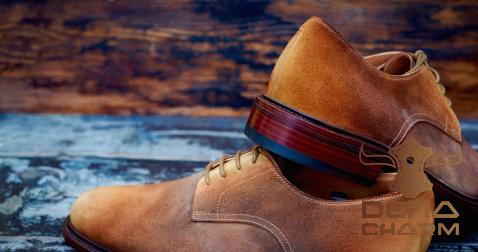 Unlike leather shoes, synthetic shoes are made from man-made materials that do not involve animal products. 4. Precision Fit: Synthetic climbing shoes are designed to maintain their shape and size over time, providing a consistent fit for improved performance. The precision fit of synthetic shoes can be advantageous for climbers who require stability and support on challenging climbs. 5. Eco-Friendly: Some synthetic climbing shoes are made from recycled or sustainable materials, offering an eco-friendly alternative to traditional leather shoes. Climbers who prioritize environmental sustainability may find synthetic shoes to be a more conscious choice. Choosing Between Leather and Synthetic Climbing Shoes: When deciding between leather and synthetic climbing shoes, it ultimately comes down to personal preference and specific climbing needs. Here are some factors to consider when choosing between the two: 1. Climbing Style: Consider your preferred climbing style and the type of climbs you engage in regularly. Leather climbing shoes may be better suited for crack climbing and traditional climbing, where durability and comfort are essential. Synthetic climbing shoes, on the other hand, may be preferable for bouldering or sport climbing, where lightweight and precision are prioritized. 2. Environment: Take into account the climbing environments you frequent, such as indoor climbing gyms, outdoor crags, or alpine terrains. Leather shoes are more breathable and moldable, making them suitable for warmer climates, while synthetic shoes are quick-drying and versatile in various conditions. 3. Fit and Comfort: Personal comfort is key when choosing climbing shoes. Try on different styles and brands of leather and synthetic shoes to determine which material offers the best fit and comfort for your feet. Remember that a snug yet comfortable fit is crucial for optimal climbing performance.
Unlike leather shoes, synthetic shoes are made from man-made materials that do not involve animal products. 4. Precision Fit: Synthetic climbing shoes are designed to maintain their shape and size over time, providing a consistent fit for improved performance. The precision fit of synthetic shoes can be advantageous for climbers who require stability and support on challenging climbs. 5. Eco-Friendly: Some synthetic climbing shoes are made from recycled or sustainable materials, offering an eco-friendly alternative to traditional leather shoes. Climbers who prioritize environmental sustainability may find synthetic shoes to be a more conscious choice. Choosing Between Leather and Synthetic Climbing Shoes: When deciding between leather and synthetic climbing shoes, it ultimately comes down to personal preference and specific climbing needs. Here are some factors to consider when choosing between the two: 1. Climbing Style: Consider your preferred climbing style and the type of climbs you engage in regularly. Leather climbing shoes may be better suited for crack climbing and traditional climbing, where durability and comfort are essential. Synthetic climbing shoes, on the other hand, may be preferable for bouldering or sport climbing, where lightweight and precision are prioritized. 2. Environment: Take into account the climbing environments you frequent, such as indoor climbing gyms, outdoor crags, or alpine terrains. Leather shoes are more breathable and moldable, making them suitable for warmer climates, while synthetic shoes are quick-drying and versatile in various conditions. 3. Fit and Comfort: Personal comfort is key when choosing climbing shoes. Try on different styles and brands of leather and synthetic shoes to determine which material offers the best fit and comfort for your feet. Remember that a snug yet comfortable fit is crucial for optimal climbing performance.
…
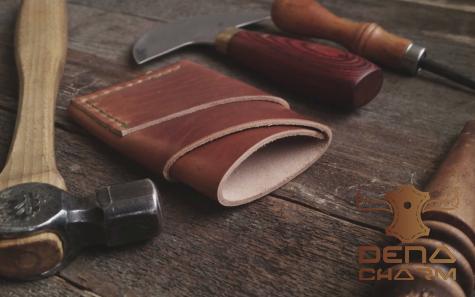 4. Budget: Leather climbing shoes tend to be more expensive than synthetic shoes due to the quality of the material and craftsmanship. Consider your budget constraints and prioritize features that align with your climbing goals and preferences. Conclusion: In the debate between leather and synthetic climbing shoes, there is no one-size-fits-all answer. Both materials offer unique advantages and drawbacks that cater to different climbing styles, preferences, and needs. Whether you opt for the durability of leather or the lightweight design of synthetic, the most important factor is choosing a pair of climbing shoes that enhance your performance and enjoyment on the rock. Evaluate your priorities, test various options, and select the climbing shoes that align with your climbing goals and values. With the right pair of shoes, you’ll be ready to conquer any climbing challenge that comes your way. 5. Maintenance: Leather climbing shoes require more maintenance compared to synthetic shoes. Regular cleaning, conditioning, and drying are essential to prevent the leather from drying out, cracking, or losing its shape. Synthetic Climbing Shoes: Synthetic climbing shoes have gained popularity in recent years due to advancements in materials and technology. Here are some key characteristics of synthetic climbing shoes: 1. Lightweight: Synthetic climbing shoes are often lighter than leather shoes, making them ideal for climbers who prioritize agility and speed. The reduced weight can also help minimize fatigue during long climbs. 2. Quick Drying: Synthetic materials are designed to be quick-drying, which can be advantageous for climbers who frequent wet or humid climbing environments. Quick-drying shoes can help prevent moisture build-up and discomfort during climbs. 3. Vegan-Friendly: Synthetic climbing shoes are a great option for climbers who prefer cruelty-free or vegan-friendly products. Unlike leather shoes, synthetic shoes are made from man-made materials that do not involve animal products. 4. Precision Fit: Synthetic climbing shoes are designed to maintain their shape and size over time, providing a consistent fit for improved performance. The precision fit of synthetic shoes can be advantageous for climbers who require stability and support on challenging climbs.
4. Budget: Leather climbing shoes tend to be more expensive than synthetic shoes due to the quality of the material and craftsmanship. Consider your budget constraints and prioritize features that align with your climbing goals and preferences. Conclusion: In the debate between leather and synthetic climbing shoes, there is no one-size-fits-all answer. Both materials offer unique advantages and drawbacks that cater to different climbing styles, preferences, and needs. Whether you opt for the durability of leather or the lightweight design of synthetic, the most important factor is choosing a pair of climbing shoes that enhance your performance and enjoyment on the rock. Evaluate your priorities, test various options, and select the climbing shoes that align with your climbing goals and values. With the right pair of shoes, you’ll be ready to conquer any climbing challenge that comes your way. 5. Maintenance: Leather climbing shoes require more maintenance compared to synthetic shoes. Regular cleaning, conditioning, and drying are essential to prevent the leather from drying out, cracking, or losing its shape. Synthetic Climbing Shoes: Synthetic climbing shoes have gained popularity in recent years due to advancements in materials and technology. Here are some key characteristics of synthetic climbing shoes: 1. Lightweight: Synthetic climbing shoes are often lighter than leather shoes, making them ideal for climbers who prioritize agility and speed. The reduced weight can also help minimize fatigue during long climbs. 2. Quick Drying: Synthetic materials are designed to be quick-drying, which can be advantageous for climbers who frequent wet or humid climbing environments. Quick-drying shoes can help prevent moisture build-up and discomfort during climbs. 3. Vegan-Friendly: Synthetic climbing shoes are a great option for climbers who prefer cruelty-free or vegan-friendly products. Unlike leather shoes, synthetic shoes are made from man-made materials that do not involve animal products. 4. Precision Fit: Synthetic climbing shoes are designed to maintain their shape and size over time, providing a consistent fit for improved performance. The precision fit of synthetic shoes can be advantageous for climbers who require stability and support on challenging climbs.
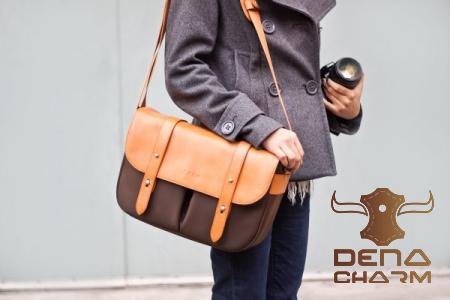
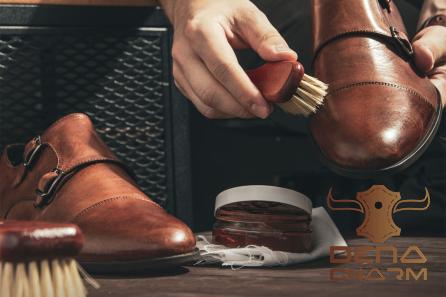
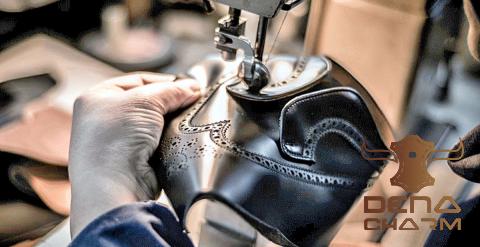
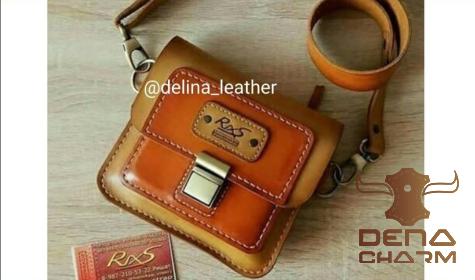
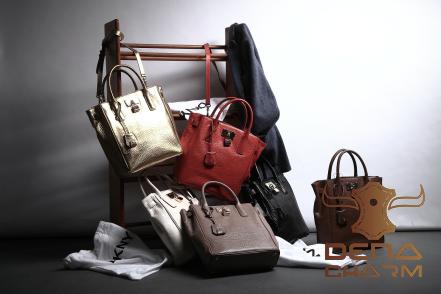
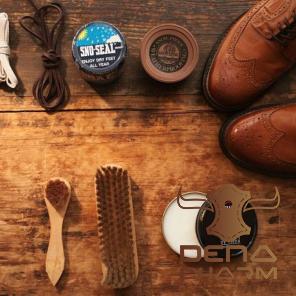
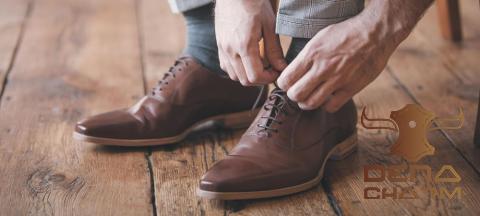


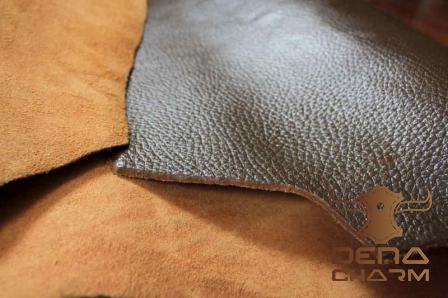
Your comment submitted.